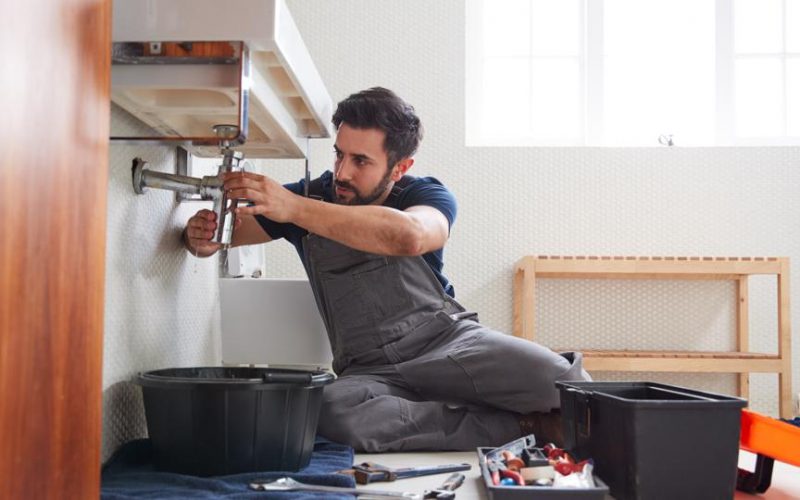
For many people, their understanding of plumbing and drainage is limited to knowing that it refers to taps and toilets – and that’s about it.
Which is all very well until you have a plumbing or drainage problem!
While it’s quite simple to pick up the phone to get your local plumber or drainage specialist on the job, you may struggle to understand what they are saying. As they bandy around terms like “IO”, “backflow” “grey water” and “ORG”, It can almost sound as if they are speaking a foreign language.
But struggle no more! Here is our handy dandy guide to help you understand “plumbing speak” like a pro!
Plumbing and Drainage – What’s the Difference?
Plumbing refers to bringing fresh water into your home, usually via underground pipes straight from your water supplier.
Drainage on the other hand, refers to the removal of water from your premises – and there are two types.
- The sewer drainage system, which is made up of all the pipes from your bathroom, kitchen, and laundry; and
- The stormwater drainage, which consists of gutters, downpipes and drains that collect and carry rainwater away from the house. Unlike sewage in Australia, stormwater is usually not treated before being discharged.
You may also come across these terms:
- IO – Short for Inspection Opening.
- Grey water waste – This refers to non-toilet plumbing systems. It is the water that drains from showers, bathtubs, sinks, and your washing machine. When handled properly, this water is suitable for reusing in the garden.
- Sanitary Sewer – An underground pipe that transports sewage from houses and buildings to a sewage treatment plant.
- Back Flow – When water flows in the opposite direction to what is normal or intended.
- Indirect Waste – A pipe that does not connect directly to the drainage system, but discharges into a plumbing fixture. An example of this is a cistern, which works as a tank for storing water.
- Stormwater Drain – A run of pipe that includes all fittings but excludes guttering and down pipes. This drain moves storm water away from your home, to the curb or a trench.
- Pipe Relining – Also known as Cured in Place Pipe (CIPP), or pipe resleeving. A deflated liner is inserted from an access point (an IO!), expanded, and cured in place, to create a new pipe within the old one. It’s a cost effective way of fixing underground pipes and drainage, as there is no need to excavate landscaping, driveways, foundations etc.
- Fitting – This is component of a piping system used to connect multiple pieces of pipe together.
- Acid Water – refers to rainwater that has a PH level of under 7. This acidity is created by soil microbes, and some rock formations can also generate acids that can cause water to become acidic. Often acidic water is due to industrial pollution.
- ORG – Also known as an Overflow Relief Gully, this is a grated outlet located outside your house, usually close to the bathroom or laundry. Its role is to release excess liquid in the case of blockage.
Now when you have a plumbing problem, you’ll be able to call in a tradesman and speak the lingo with confidence!





